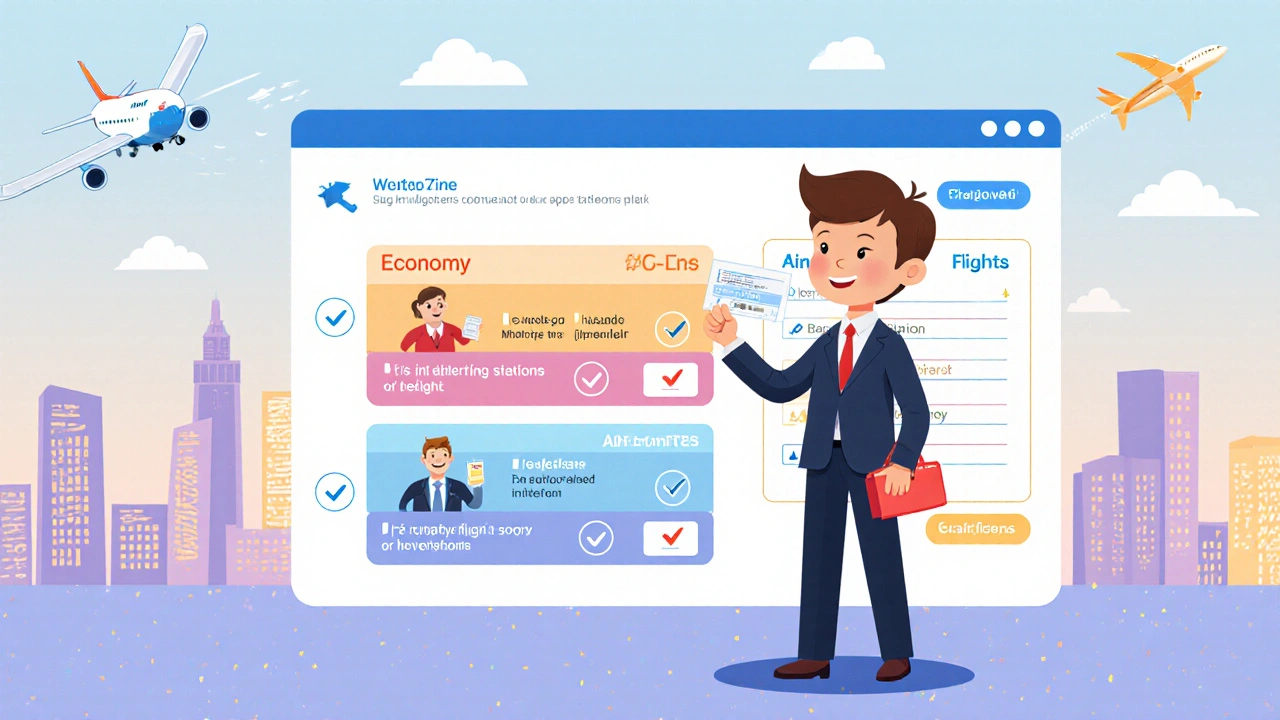Hotel Limits: What They Are and How They Impact Your Finances
When you book a hotel, you’re not just paying for a room—you’re entering a system with hotel limits, restrictions set by hotels on bookings, spending, and guest behavior that directly affect your costs and experience. Also known as booking restrictions, these limits control everything from how many rooms a single guest can reserve to how much you can charge to your card at check-in. Most travelers never think about them until they’re turned away from a fully booked property, hit a spending cap on their card, or get hit with a $50 resort fee they didn’t see coming.
These limits aren’t random. They’re financial tools used by hotels to manage risk, maximize revenue, and comply with payment processing rules. For example, a credit card spending limit, the maximum amount a card issuer allows you to charge in a single transaction or over a set period. Also known as card authorization limit, it can block your check-in if your planned stay exceeds your available credit—even if you have the funds. Same goes for resort fees, mandatory daily charges added to hotel bills that cover amenities like Wi-Fi, parking, or pool access. Also known as mandatory service fees, they aren’t always disclosed upfront, and some hotels cap how many guests can use those services per day. If you’re traveling with a group, you might find the hot tub is full, the parking spots are gone, or the free breakfast is sold out—all because of hidden limits.
These rules also show up in loyalty programs. High-tier members might get priority, but even they hit limits: only so many free upgrades per year, only so many rooms you can book under one account, only so many points you can earn per stay. And if you’re using a corporate card or business expense account, your company might have its own travel policy cap, a set maximum per night or per trip that employees can spend on lodging. Also known as per diem limits, it that overrides the hotel’s own rules. You could have the perfect room, but if it’s $20 over your company’s limit, HR will reject the claim.
It’s not just about being turned away—it’s about money leaking out of your pocket. A $30 daily resort fee adds up to $210 on a week-long trip. A declined card at check-in means you need to find another payment method on the spot. A booking limit that stops you from reserving multiple rooms for your family means you pay for two separate stays instead of one. These aren’t inconveniences—they’re financial friction points built into the system.
The posts below break down exactly how these limits work behind the scenes. You’ll find real examples of how resort fees hide in plain sight, how credit card issuers flag hotel charges as high-risk, and why some hotels cap VIP perks even for platinum members. You’ll also see how people are sidestepping these limits using alternative payment methods, booking strategies, and loyalty loopholes. No theory. No fluff. Just what actually happens when you hit a hotel limit—and how to avoid paying the price.



